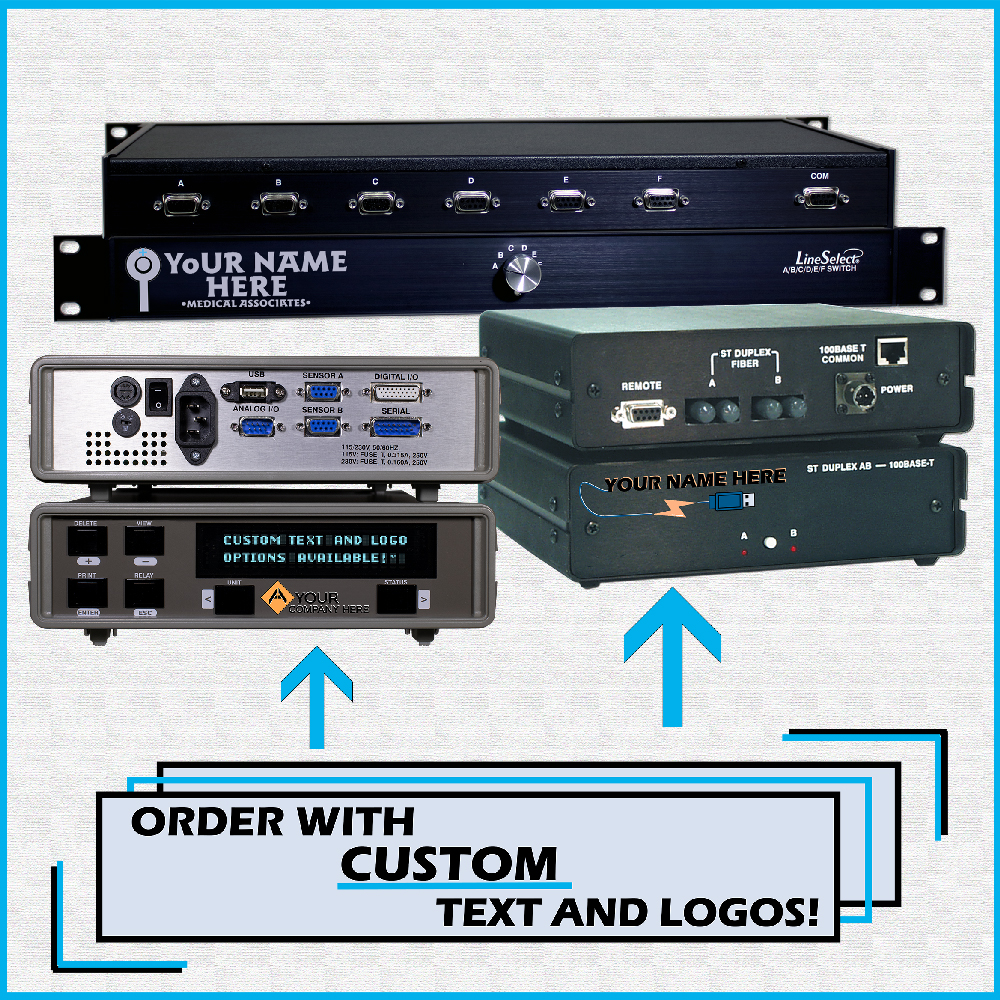Overview
Wave Energy Conversion Systems Designed for Sensor Buoys

Introduction
The ocean is in constant motion and the effects of sea states are enormous. Ocean energy has a profound impact on the development of storm systems; shipping safety and shipping routes; recreational boating, surfing and swimming; and fishing and other methods of obtaining seafood. Wind-driven currents on the ocean surface extrapolate down into the ocean depths. Data from Sensor Buoys can provide critical information regarding ocean properties such as: color, sea height, temperature, currents, and pollution.
Power Problem
Existing power systems for remote sensor buoys and other remote ocean platforms often include solar panels and batteries. These systems would benefit form major improvement or replacement. Problems include: poor performance in cold and/or dark latitudes, insufficient power to operate the latest electronic equipment, high maintenance costs, high replacement costs, loss due to theft and vandalism, and battery disposal. Power harvesting from ambient ocean wave energy is a natural option to augment or replace any of these electrical-power-providing systems.
Ocean Wave Energy Harvesting Systems
Ocean wave energy harvesting systems designed for sensor buoys convert wave motion into electricity to allow operation under all weather conditions. These new systems will enable enhanced functionality, higher performance and continuous operation. Such systems generate and accumulate energy that can be used to indefinitely power remote buoys equipped with sensor arrays as well as electronics for processing and communications. These power sources can be integrated with buoy systems to minimize the size of batteries, or to eliminate the need for batteries if super-capacitors are used. The goal is to store accumulated energy and form a completely self-contained, persistent, energy source platform suitable for a variety of sensor payloads.
Obviously there are many challenges. The systems need to provide automatic wave energy harvesting and work with both drifting and moored buoys. The systems need to function at a low acoustic noise level and provide stealthy acoustic and visual operation plus a wide band response to the wave period. The elimination of batteries is the ultimate goal along with enhanced functionality, higher performance and continuous operation.
Small Spar Buoy
This project was to devise a means of energy harvesting for a small diameter buoy free floating on the ocean surface. The buoy would contain an antenna on the upper portion and electronics for remote communications and sensing. The design would ensure that the buoy produce enough energy so that more than 4 milliwatts of power would be available at an instance. The required battery storage capacity would be at least 60 joules. Energy storage could include the use of a rechargeable battery. The Electro Standards Laboratories and the University of Rhode Island team greatly extended both design concepts and theoretical analyses typically proposed for such systems and performed detailed numerical modeling that featured a wave-to-wire model of the power generation system in ocean sea states.

Direct Drive System
The Direct Drive System developed by Electro Standards Laboratories and the University of Rhode Island employs small electric generators that are directly driven via a surface buoy’s wave-induced heave motion. This system provides power from the differential motion between the buoy float and a submerged resistant plate. This configuration provides reliable operation without the need for additional gearing and has the ability to harness electrical power in the 1 to 10 Watt range in small sea states (WMO Sea State 1: Calm). The buoy response in the Direct Drive System is designed to match a wide range of expected ocean wave spectra based on the deployment location. Direct Drive of the system with wave motion results in broad band response with high efficiency. Other benefits of this system include low acoustic noise and stealthy operation.

Resonant Drive System
The Resonant Drive System developed by Electro Standards Laboratories and the University of Rhode Island employs small electric generators that are resonantly driven via a surface buoy’s wave-induced heave motion. This system amplifies the generator’s armature motion at the peak period of the sea state (WMO Sea State 1: Calm). The buoy response in the Resonant Drive System is designed to match the expected ocean wave spectrum based on the deployment location. The benefits of the resonant system include enhanced functionality, higher performance and continuous operation. The buoy is completely sealed with no external moving parts.

Scale Model Testing
Scale model testing of the Direct Drive and Resonant Drive Systems has been performed in the University of Rhode Island's Department of Ocean Engineering wave tank as well as at the mouth of Rhode Island’s Narragansett Bay. Electro Standards Laboratories’ model simulations have shown good agreement with the scale model tests. This small buoy sensor system generates and accumulates energy that can be used to indefinitely power remote buoys equipped with sensor arrays as well as electronics for processing and communications. This power source can be used to minimize the size of batteries or to eliminate the need for batteries if supercapacitors are used. The buoy system design is customized and scalable (1-250 W) and can be suited to moored or drifting applications.

Furthering the Science
The company is also seeking organizations with applications for this technology, or with an interest in furthering this scientific study, or who are interested in commercializing this technology.
Targeted applications for this technology include:
- Recharging stations for unmanned underwater vehicles
- Replacement or augmentation for solar power
- Elimination of batteries
- Sonar listening stations
- Weather monitoring buoys
- Wave monitoring buoys
- Tsunami warning stations
- Port monitoring buoys.
The goal of the programs is to develop wave energy converters that can operate in all environmental conditions and augment or replace any of the currently used battery/solar power systems with efficient, low-cost, ambient ocean wave energy systems.
For More Information
Dr. Raymond Sepe, Jr., is the program’s lead scientist at Electro Standards Laboratories.
Custom Designed and Labeled Wave Energy Conversion Systems Available:

Contact Electro Standards Laboratories with your requirements: 401-943-1164, eslab@electrostandards.com.
Read a White Paper on Wave Energy Conversion Systems Designed for Sensor Buoys.